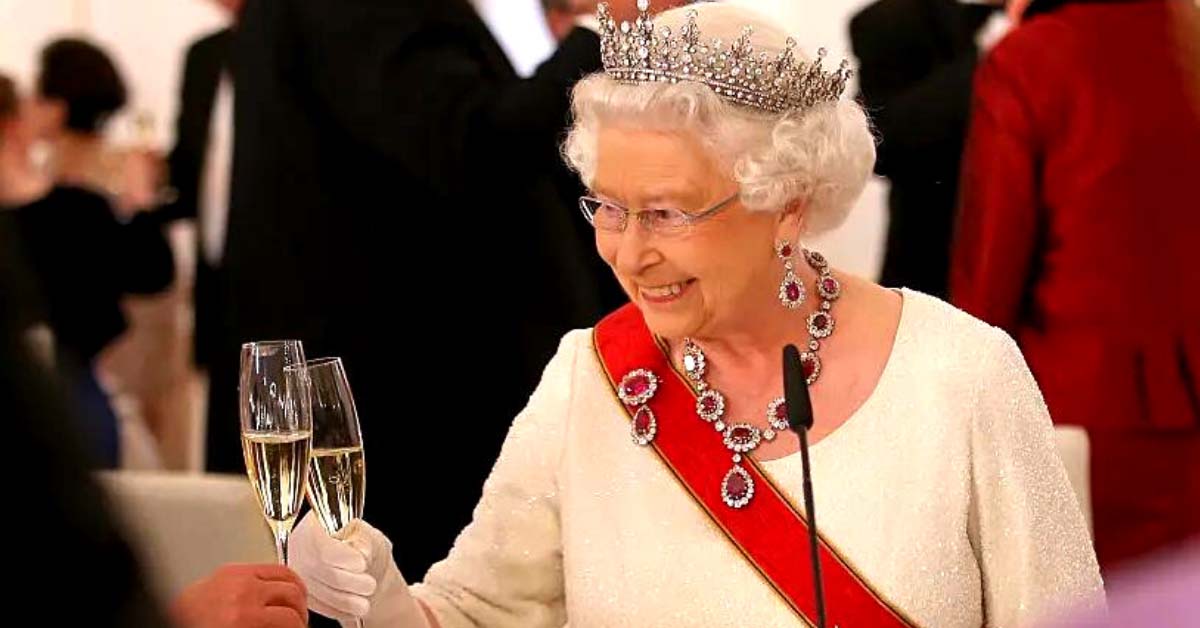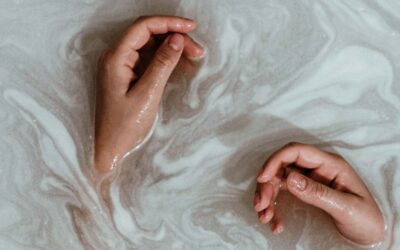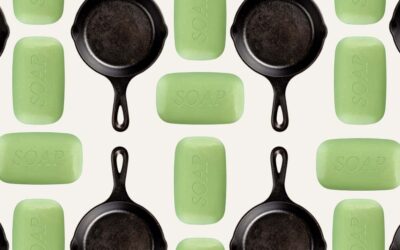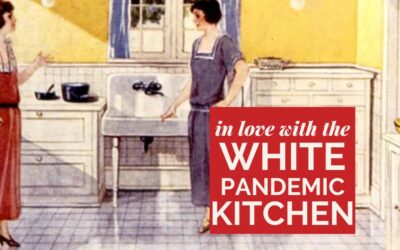Apparently the secret to being 95 and having a well-curated life that includes running a country while driving a Jag and never slowing down on public appearances is…drinking champagne. Every night.
Which, of all the New Year’s Resolutions I’ve considered for 2022 sounds like one I could get behind.
If we’re all going to live like the Queen of England this year, it’s only right we take our education seriously. Today, we’re here to use history and common sense to destroy the myths surrounding this bottled happiness.
Myths like:
Champagne? Oh that’s for celebrating.
Well, absolutely. But also…for not celebrating. In the words of French icon Coco Chanel, “I only drink Champagne on two occasions, when I am in love and when I am not.”
Which is why in this article, I’m going to give you the inside scoop on how to choose bubbly for every occasion, from celebratory splurge to weeknight dinner.
Champagne goes to my head!
Perhaps, perhaps, perhaps. But according to leading lady of history, Madame de Pompadour,…“Champagne is the only wine that leaves a woman beautiful after drinking it.”
So, what does that matter?
I like IPAs- not girly drinks.
Well, guess who thought the same? The fucking entirity of England pre-1800s. If Winston Churchill is willing to commit to a world war to protect the champagne supply chain, believe me- there’s a reason to make 2022 the year you add it to your repertoire.
That all aside, I understand if the real reason behind your champagne-shyness comes from the uncertainty of choosing the right bottle for the occasion. Champagne can be daunting for those not “in the know”. Which flavor profile to choose? How to open it safely? What hors d’oeuvres to pair? And what does all the jargon mean, anyway?
Don’t worry, I’ve got you.
Come along with me as we take on a champagne crash course. We’ll cover everything from the clever women at the forefront of champage’s development in the 19th century French countryside to the current state of post-pandemic shortages.
I’ll help you not only choose the right bottle of bubbly, but raise your glass with a well-versed set of talking points (so you can sparkle while you pour!)
Historical Context: Damn, it Feels Good to be a Widow
Sure, 17th century Benedictine monk by the name of Dom Pierre Perignon is to thank for the initial discovery of champagne but it was a series of laser-sharp widows who created the beverage we’ve come to recognize and love today.
First, why is the “widow” label so important?
In the 19th century both married and unmarried women at the time were boxed in by social constraints. But widowed ladies? Could both own their own money and make their own business decisions.
Meet the Leading Ladies of Champagne
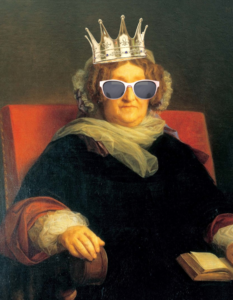 Barbe-Nicole Clicquot found her career freedom after the untimely death of her husband Francois at the age of 27.
Barbe-Nicole Clicquot found her career freedom after the untimely death of her husband Francois at the age of 27.
But just because she had the opportunity before her doesn’t mean turning her name into an empire was an easy task. Her husband left her with a failing wine business and an uncertain future. Gathering together her own inheritance and a few family loans, she stepped into the unknown to meet her destiny: unrivaled success as champagne house owner.
Her bold moves at the end of the Napoleonic Wars won her the favor of Russia’s Tsar Alexander I. A surge of orders followed on the heels of this win. Innovation followed.
Madame Clicquot needed a way to keep up with demand. But champagne processes at the time were a hassle. Her product required a second in-bottle fermentation to create the carbon dioxide needed for its signature effervescence. Madame Clicquot invented a process to cut down on labor known as “riddling” wherein a rack holds the bottle upside down at a 45 degree angle allowing the yeast to rest in the neck instead of the bottom.
The result?
–A cleaner, faster, more efficient production process…with the happy surpise of a more desirable product. For the very first time- champagne’s characteristic bubbles weren’t hidden by a cloud of sediment. The new process created a beverage the sparkled with crystal clarity.
Veuve Clicquot was one of several widows who shaped the history of champagne.
Next- Meet Jeanne Alexandrine Louise Pommery.
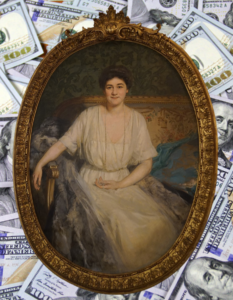 When Louises’ husband Alexandre died, she took on his fledgling wine business while simultaneously juggling two children at the age of 38.
When Louises’ husband Alexandre died, she took on his fledgling wine business while simultaneously juggling two children at the age of 38.
Much like Veuve Clicquot before her, she took her husband’s traditional wine and completely changed direction. Louise’s motto was “Qualite d’abord” (quality first) and her keen business acumen zeroed in on a new market “ripe” for the picking: the English.
Louise had attended boarding school in England and had acquired first-hand market insight into the English pallete: The English didn’t like sweet booze.
So Louise created a sparkling wine with a flavor profile tailored to her English customers: light, delicate and with as little sugar as possible.
And so was born my personal favorite- the dry “Brut” style.
Finally- Meet Mathilde Emilie Perrier Laurent
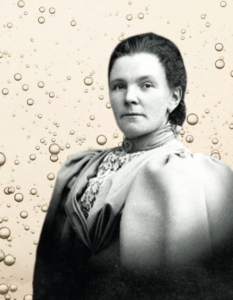 Building on the vanguard of Madame Pommery, another widow named Mathilde Emilie Perrier Laurent innovated an even drier champagne.
Building on the vanguard of Madame Pommery, another widow named Mathilde Emilie Perrier Laurent innovated an even drier champagne.
Unlike the two widows before her, Mathilde’s husband, Eugène Laurent, didn’t originally own the business she eventually came to call Laurent-Perrier after her own surname. Rather, he was the cellar master and inherited the business when his employer died without heirs.
Desiring an even drier wine to please her English palate, Mathilde omitted sugar entirely from the second fermentation of her signature brand, Grand Vin sans Sucre, long before the Brut Nature craze would sweep through the champagne world.
Her legacy is still a successful women-owned operation today.
Beyond Bubbles: Jargon for the Champagne Novice
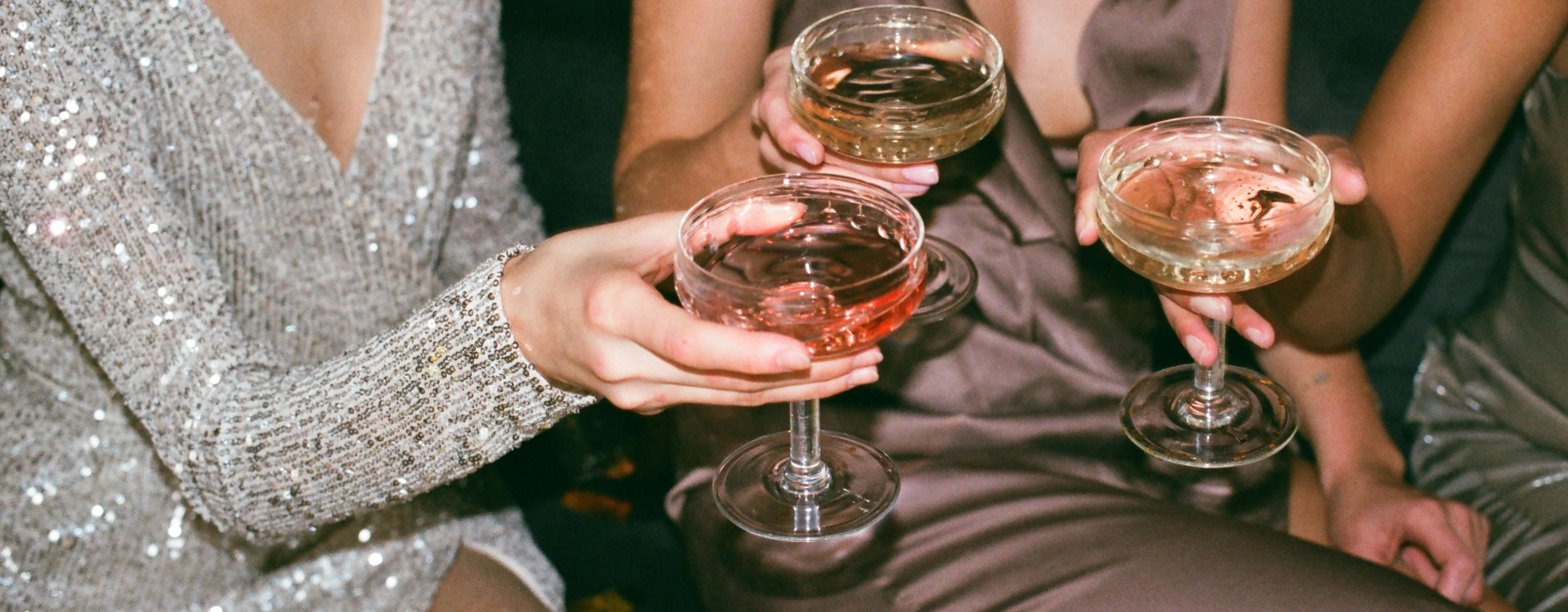
Champagne has a language all its own.
Many of the terms swirling around in the sparkling wine world refer to processes during the growing, pressing, and bottling phase.
Interesting, perhaps. But most important for the modern hostess?
How to pick the best bubbly for you and your occasion.
The term “champagne” refers only to sparkling wine made from grapes grown in the Champagne region of France. Why the purist label?
In the far Northeastern part of the French countryside, Champagne has an unforgiving climate for grape growing. Grapes from this region are often more expensive simply because the same region that produces great grapes also produces unpredictable weather. Supply is tricky, but the grapes have less sugar naturally making them ideal for champagne production.
Do you have to drink champagne to throw a real party? Absolutely not! Plenty of Spanish and American producers make fantastic sparkling wine- some of which may even make a better pairing depending on your menu.
But let’s get back to expectations on sweetness…
How Sweet Is This Bottle Going to Be?
Finished champagnes range from very dry with zero non-native sugar to “adult soda sweet” style with an added sugar content of 50g to the litre!
In the champagne line up, a bottle labeled “Dry” or “Extra Dry” actually means slightly sweet. “Demi-sec” and “Doux” styles have more sugar for those looking for a young and flirty drink.
Desire a truly “dry” profile? I like your refined palette. You’ll be looking for a “Brut”, “Extra Brut” or Veuve Laurent-Perrier’s sugarless piece de resistance – “Brut Natural”.
Ultimately your choice depends on your own personal preferences. Select a sweetness profile to fit your own palette and pairing needs.
Up next on the champagne decision front: size matters.
How Much Champagne Do I Need?
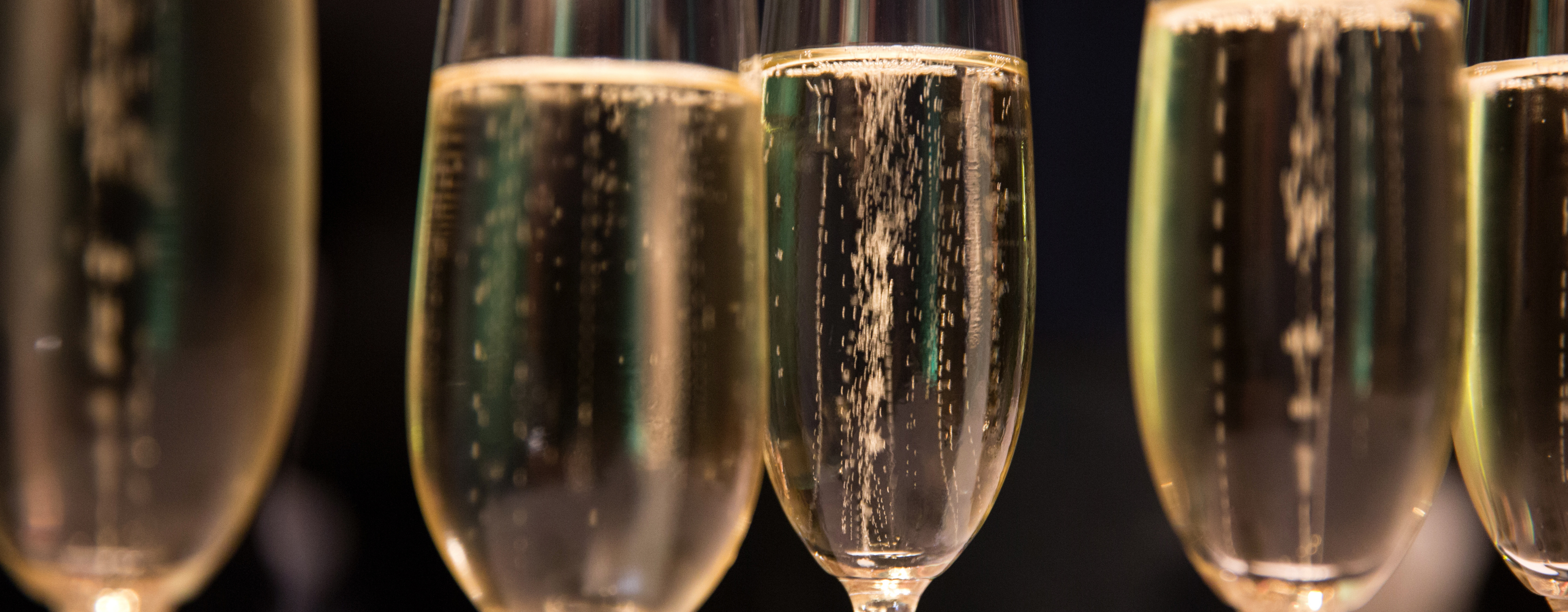
Well… how much champagne do you need?
Champagne is sold in 15 bottle sizes – the first five of these are practical for the modern hostess.
The other ten? Outrageously large. Like, absurdly large.
For example, the 12 litre bottle is named after Balthazar, a Babylonian king who served an abundance of wine to a party of 1000 people. Poor guy must have not gotten his serving etiquette right. According to legend he poured the wine into holy chalices taken from the temple of Jerusalem and incurred God’s wrath in return. Or so the story goes.
12 litres is the equivalent to SIXTEEN bottles of wine!
The truth is, as impressive as these mega bottles are, they are considered less desirable. They allow too much degradation of the bubbles from the fermentation process (yuck)
The average dinner party would be a great excuse to buy a 1,500mL “Magnum” size- equivalent to two regular bottles.
You and your partner needing a little pop of the cork for a fun night in? A “split” bottle is called a Demi and will easily fill two tulip glasses one time.
Or you can even grab a “Piccolo” and pour yourself a single serving for your self-congratulatory needs! Or for commuter train mimosas. No judgement here.
Pouring It Out: Popping Corks, Glassware, and Famed Breasts
If you imagine a glass of popping, effervescent bubbles you’re likely envisioning the classic fluted glass. While it’s the contemporary traditional glass shape- it isn’t your only option.
There are two other officially accepted glassware options for sparkling wine. Some experts actually recommend a plain white wine glass instead of any traditional vessel.
The wide-mouthed “Coupe” glass, with it’s bowl-like shape, is rumoured to have been molded from the breasts of French Queen Marie Antoinette (of headless “Let them eat cake” fame.) The Coupe glass was the original stemware of the 19th century. It fell out of fashion in the roaring twenties as flutes became more popular.
If dancing bubbles and theatrical style are what you’re seeking, Coupe might just be for you. This vintage glass allows the bubbles to really play giving quite the performance when its vivacious company is dancing inside.
If proper flavor and preservation of carbonation is your focus- go with a tulip glass. Similar in size and shape to the flute, the elegant tulip glass is tall with a narrow mouth. It’s like a flute but with a wider body. Connoisseurs enjoy how the bigger bowl enhances the fruity flavors in more expensive champagnes.
You’ve selected the perfect size and flavor and you’ve picked up a few dozen gorgeous glasses. You’re ready to pour out the froth!
But how the hell do you safely get the cork out of the bottle!?
Hollywood adores a “pop the cork” moment.. But in real life? That method is a broken frame or anxiety attack waiting to happen.
Relax.
Champagne corks do not have to explode out of the bottle, maiming your great Aunt or shattering your antique mirrors.
Here’s how to open and serve a bottle of champagne- injury free:
- Chill your bottle in a 50/50 mix of ice and water. A champagne bucket is the perfect way to get the correct amount of surface area submerged. The optimum temperature is around 47 degrees.
- When you’re ready to open, grab your chilled bottle and a clean dish towel. Dry off the bottle so it’s not slippery.
- Using a wine key, cut the foil evenly around the bottom of the cage surrounding the cork and remove the excess.
- Use the towel to put pressure on the cork to prevent it from popping out unexpectedly. Untwist the cage counter clockwise and remove carefully while continuing to apply pressure to the cork.
- Hold the bottle at a 45 degree angle and begin to slowly twist the bottle while keeping the cork still in your hand with the towel. The pressure will gradually release and the cork will begin to come free without breaking.
- Once the cork begins to loosen and come out on its own (you’ll feel it want to move), control how quickly it pops free from the bottle and remove slowly.
- Enjoy the attention from your guests as you’ve just expertly opened a bottle of champagne without the disconcerting explosion!
- Give the lip of the bottle a gentle wipe and pour into your choice of glass.
It sounds complicated but…it’s not. You have much more control than you think when popping a bottle of bubbles.
Champagne’s Best Foodie Friends
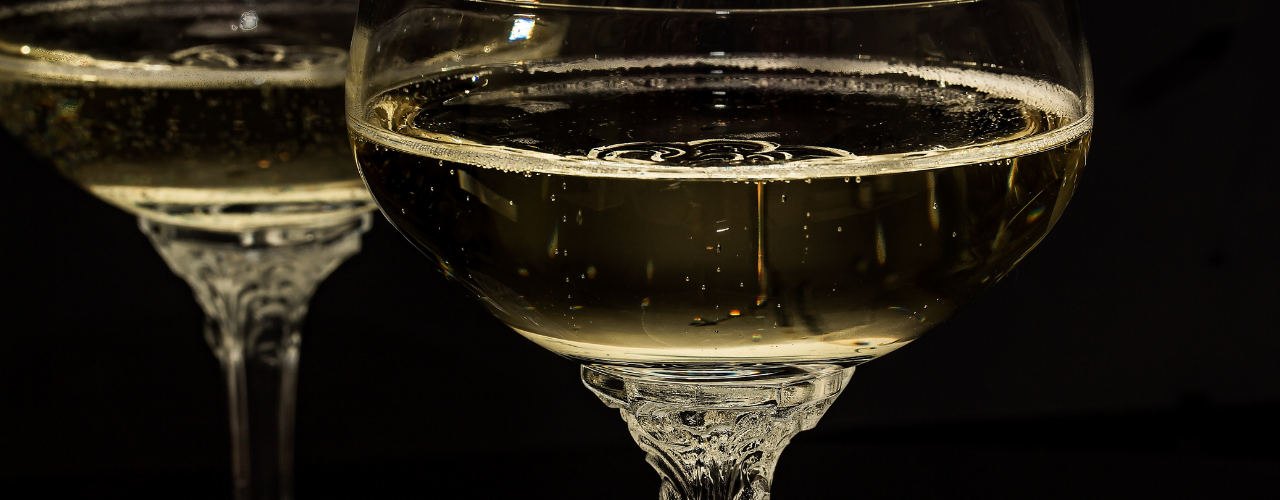
Drinking on an empty stomach? Terrible idea.
Champagne is a drink worth celebrating, feast and all
Plus, the acidity of a festive dry champagne is a perfect balance for a fatty, rich cheese.
And I do so love cheese.
So how do you plan a menu to pair perfectly with your choice of sparkling wine?
There are the traditional favorites. Caviar. Oysters. The aforementioned cheese.
Or you can try your hand at something new! Unique pairings abound on the Internet. Check out ideas here and here. Epicurious gives a nice roundup of 30 complementary recipes here.
Truffled popcorn? I’d give it a whirl.
A general rule of thumb: drier wines pair well with richness and fat while sweeter profiles play nicely with spicy. If your sparkling wine is a blend, look for the varietal on the back of the label. Champagne made solely with Chardonnay grapes will have a “soft” and creamy mouth feel. Blended sparkling wines (those that cut chardonnay with varietals like pinot noir) will have more of a mineral “bite”.
And while sparkling wines are often popped as a celebratory welcoming beverage they can easily sit on the table during the main meal or at dessert as a lighter, more refreshing alternative to heavier, sweeter dessert wine options.
Of course, don’t forget breakfast! The best time of the day to experience champagne is between 11am and 1pm due to the natural dryness of the mouth during this time and the likelihood of any taste of toothpaste used or coffee consumed during the earlier morning being gone.
Sounds like brunch to me…
When Everyone Wants To Talk About The Pandemic…
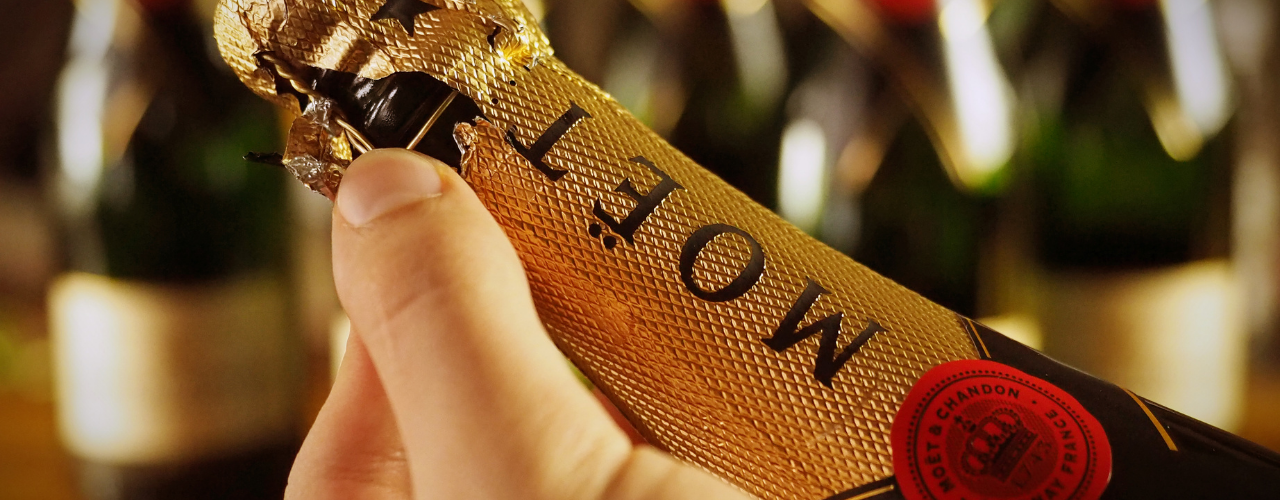
At every party I’ve gone to in the last year, all anyone wants to talk about is the pandemic.
Labor shortages, rising wages, supply chain issues. If you’re throwing a hot soiree and want to have a little global economic gossip to throw in yourself…let your champagne be the icebreaker.
The combination of a late deep frost in 2021 in the Champagne region of France coupled with supply chain shortages fueled by the ongoing COVID-19 pandemic and a roller coaster in American politics (the tariffs threatened by the Trump administration led to insecurity for wine importers) have all contributed to a lack of availability and unstable markets.
Low supply + Higher demand = Rising prices.
Or downright lack of product altogether. In fact, some makers have taken to combining vintages just to keep the product on the shelf.
Because champagne is aged for several years, supply shortages from the 2020 and 2021 growing seasons means the market will be volatile until at least 2023/2024.
What does this mean for you?
The perfect excuse to up your champagne and other sparkling wine now!
Economic markets are tricky and no one can be sure what tomorrow will hold. Especially during a global pandemic.
Spanish cava and Italian prosecco may not have the same production difficulties as French champagne but they’re dealing with the same supply chain issues as everyone else. Imported wines may be hard to come by for Americans in the coming year.
Can’t find your favorites on the shelves? This might be a good time to branch out and take a look at smaller, local growers. A local vintner’s sparkling wine might well be more available and worth a taste.
Apps like Winery Passport and My Wine Society can help you keep track of local wineries and guide you toward availability. So grab a bottle and raise a glass to centuries of female powered innovation- alongside your own ambitions for 2022.
Cheers!

